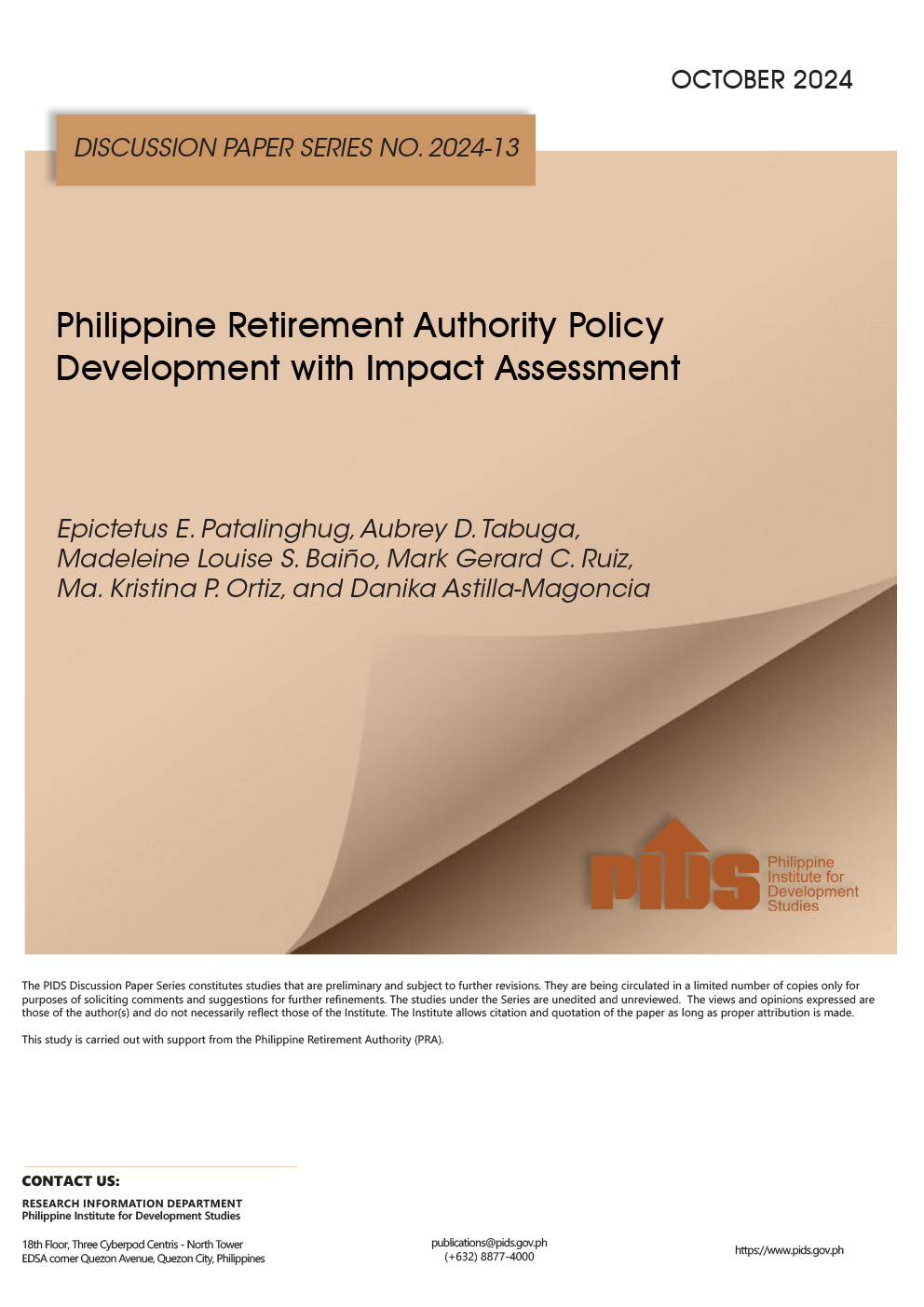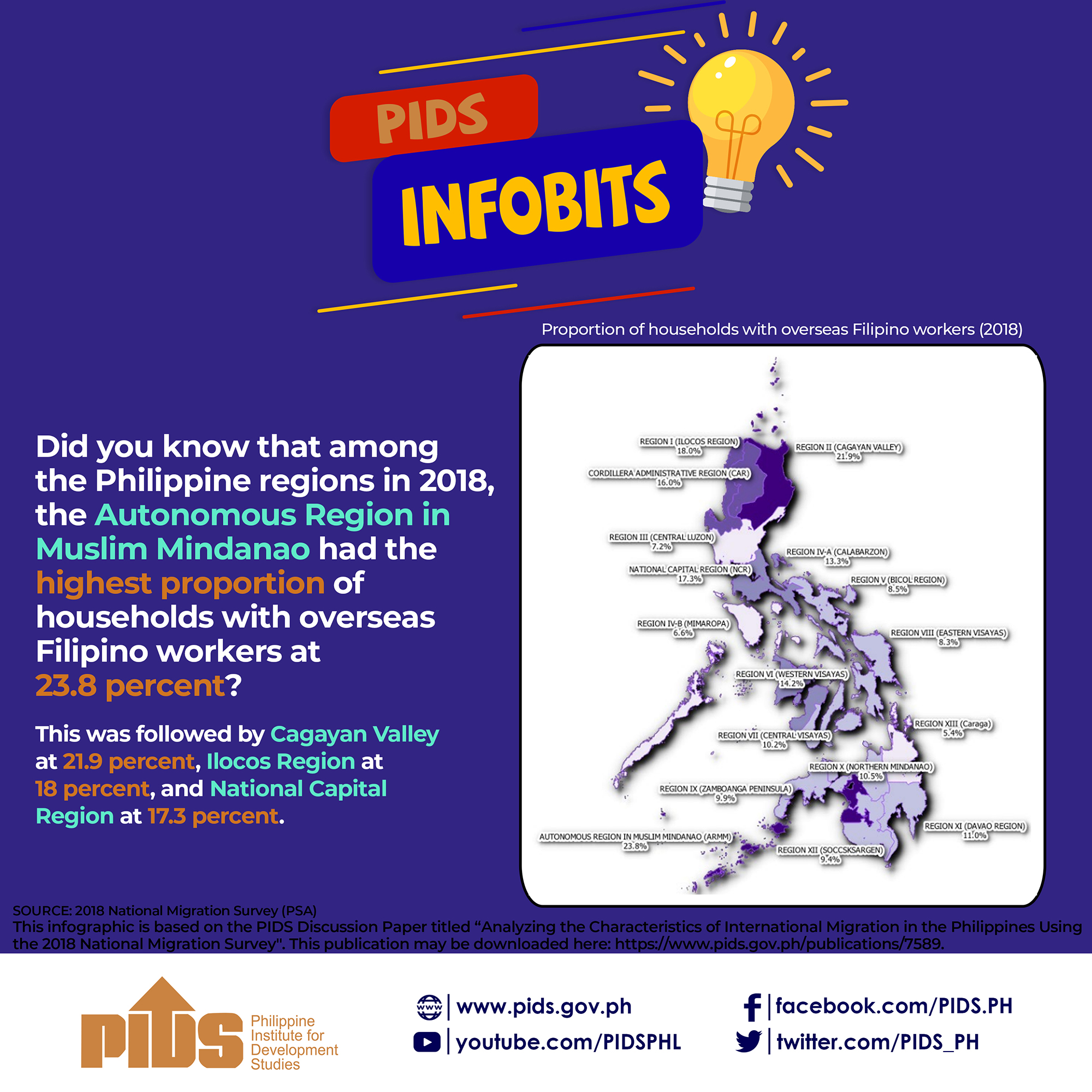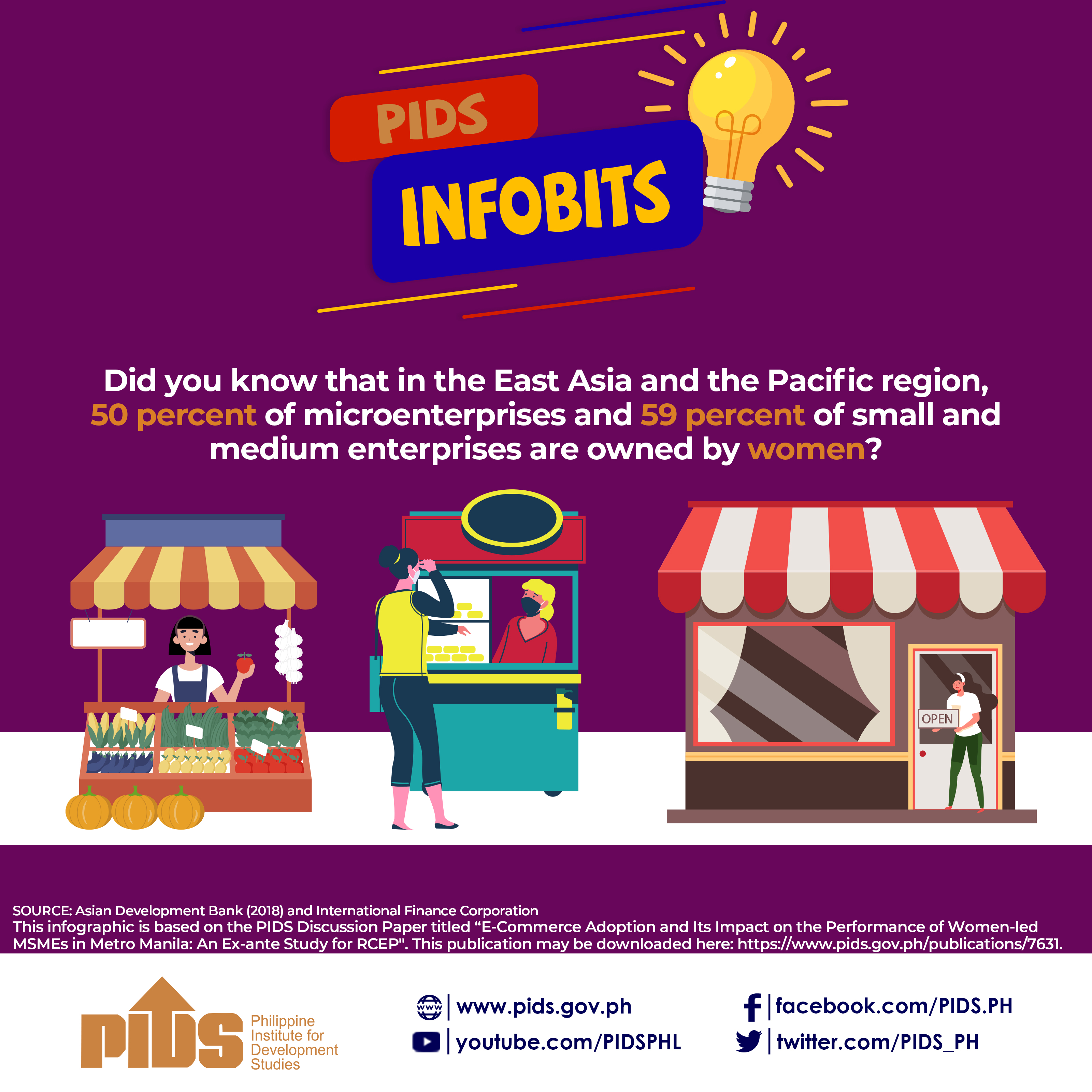MANILA -- An official from the Department of Finance (DOF) on Wednesday told the Consultative Committee reviewing the constitution to make sure that no region is left behind in the shift to a federal system.
We just have to think, if it will be regional, the other regions might get left behind. For example region 8, there’s not much economic activity there. It might get left behind. Perhaps you can consider that,” Finance Undersecretary for Legal Services Group Bayani Agabin said during a ConCom consultation meeting with economic managers.
Agabin was one of several government economic and fiscal experts invited by the Concom to get their expert opinion and advice in configuring the proposed federated regions.
The ConCom wanted the government's economic and fiscal manages to review and validate its proposed criteria, economic indicators and formula to be used in determining how the federated regions will be constituted to make sure that they will be viable and sustainable.
Former Chief Justice Reynato S. Puno, chairman of the ConCom, said the inputs of the economic managers will guide the committee in making its final decision in the number of federated regions that will help ensure that no region is left behind.
Concom member Professor Edmund Tayao, who chairs the subcommitee on the creation and structure of the federated regions, said the ConCom is using 17 regions as a "benchmark" that could evolve into fewer regions.
Concom member lawyer Roan Libarios pointed out that federalism is actually meant to address the “serious imbalance in economic development of regions and over concentration of economic power in Metro Manila.”
According to Libarios, NCR and Calabarzon account for 53 percent of gross domestic product (GDP) while the country’s 15 other regions only account for 47 percent of the GDP.
Budget Director for the Local Government and Regional Coordination Bureau Leila Magda Rivera said that to ensure that setting up of regional government is feasible, it is important to delineate the functions between different levels of government.
Rivera also said more information and study are needed for the the Department of Budget and Management to come up with appropriate recommendations on revenues that may be shared with the federated regions.
Another expert, President of think tank Philippine Institute for Development Studies, Celia Reyes, suggested that the Concom revise the components of its proposed "readiness index" to have a more accurate measure of the capacity and potential of the federated regions to have viable and sustainable economies.
The ConCom has formulated what it calls Readiness Index for Sustainable Economies Under PHederalism (RISE-UP) which factors in several indices that count as many as 68 economic, social and governance indicators.
RISE-UP is meant to aid in the grouping of provinces into federated regions that will have, more or less, comparative economic viability.
Reyes advised the ConCom to drop governance index among the indices it used in RISE-UP because as formulated now, the index is based on the current unitary government structure and may not be a good measure of the capacity of the federated region to perform its functions in a federal structure.
PIDS submitted to ConCom a new set of indicators to make its formula more accurate even as the agency committed to assist the committee in configuring the federated regions.
After hearing the experts’ views, Tayao said that his subcommitee will be expecting their written comments very soon.
Tayao said that the meeting only “confirmed” the subcommittee’s assumptions on the criteria and formula that it is developing to come up with the ideal and economically viable regional configuration.
We just have to think, if it will be regional, the other regions might get left behind. For example region 8, there’s not much economic activity there. It might get left behind. Perhaps you can consider that,” Finance Undersecretary for Legal Services Group Bayani Agabin said during a ConCom consultation meeting with economic managers.
Agabin was one of several government economic and fiscal experts invited by the Concom to get their expert opinion and advice in configuring the proposed federated regions.
The ConCom wanted the government's economic and fiscal manages to review and validate its proposed criteria, economic indicators and formula to be used in determining how the federated regions will be constituted to make sure that they will be viable and sustainable.
Former Chief Justice Reynato S. Puno, chairman of the ConCom, said the inputs of the economic managers will guide the committee in making its final decision in the number of federated regions that will help ensure that no region is left behind.
Concom member Professor Edmund Tayao, who chairs the subcommitee on the creation and structure of the federated regions, said the ConCom is using 17 regions as a "benchmark" that could evolve into fewer regions.
Concom member lawyer Roan Libarios pointed out that federalism is actually meant to address the “serious imbalance in economic development of regions and over concentration of economic power in Metro Manila.”
According to Libarios, NCR and Calabarzon account for 53 percent of gross domestic product (GDP) while the country’s 15 other regions only account for 47 percent of the GDP.
Budget Director for the Local Government and Regional Coordination Bureau Leila Magda Rivera said that to ensure that setting up of regional government is feasible, it is important to delineate the functions between different levels of government.
Rivera also said more information and study are needed for the the Department of Budget and Management to come up with appropriate recommendations on revenues that may be shared with the federated regions.
Another expert, President of think tank Philippine Institute for Development Studies, Celia Reyes, suggested that the Concom revise the components of its proposed "readiness index" to have a more accurate measure of the capacity and potential of the federated regions to have viable and sustainable economies.
The ConCom has formulated what it calls Readiness Index for Sustainable Economies Under PHederalism (RISE-UP) which factors in several indices that count as many as 68 economic, social and governance indicators.
RISE-UP is meant to aid in the grouping of provinces into federated regions that will have, more or less, comparative economic viability.
Reyes advised the ConCom to drop governance index among the indices it used in RISE-UP because as formulated now, the index is based on the current unitary government structure and may not be a good measure of the capacity of the federated region to perform its functions in a federal structure.
PIDS submitted to ConCom a new set of indicators to make its formula more accurate even as the agency committed to assist the committee in configuring the federated regions.
After hearing the experts’ views, Tayao said that his subcommitee will be expecting their written comments very soon.
Tayao said that the meeting only “confirmed” the subcommittee’s assumptions on the criteria and formula that it is developing to come up with the ideal and economically viable regional configuration.












